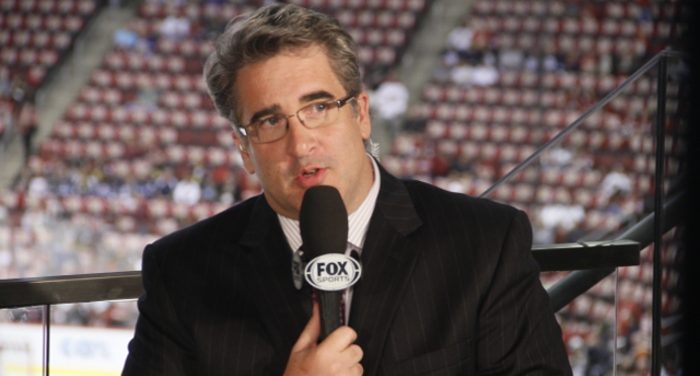One of the perils of trying to predict what’s going to happen in a TV series finale is that you can end up going down some pretty wild rabbit holes and start drawing connections that may or may have anything to do with one another.
That was on full display last week as amateur sleuths tried to suss out what was going to happen in the final episode of HBO’s Succession. Specifically, who would be the character or characters to “win” by ending up in charge of Logan Roy’s media empire?
SPOILERS FOR THE SUCCESSION FINALE AHEAD…
LAST CHANCE…
In the end, it was Tom Wambsgans, husband of Shiv Roy, who maneuvered his way into the right place at the right time, becoming CEO of the company after it was sold to Lukas Matsson.
That’s notable because one theory about the show’s outcome went viral last week explaining why Tom was likely to become CEO. The theory was centered around his unusual last name and a real-life person who shared it.
As the theory, which has come up before but went viral courtesy of NameBerry.com goes, the character names in Succession tell us something about the people. Roy, the last name for the family at the center of the drama, means “king” in Norman and French. And then there’s Tom, whose last name is so unusual, you’d have to assume it was chosen for a specific reason. That reason, per the theory, is in reference to baseball player Bill Wambsganss.
This theory about Tom in Succession is wild. 👀 pic.twitter.com/xoOXJV90iF
— Christina Garnett (@ThatChristinaG) May 25, 2023
Wambsganss, who played from 1914 to 1926, is fondly remembered as the only Major League Baseball player to ever pull off an unassisted triple play in World Series history. Given that there are three Roy siblings, you could correlate that Tom did the same thing, getting all three outs when it mattered most in order to win.
A lot of people glommed onto the theory last week in preparation for the finale and the fact that Tom ended up as the “winner” on the show seemed to confirm its veracity.
However, we’re pretty dubious that this is anything other than a convenient coincidence for a number of reasons.
First, the metaphor doesn’t quite track. Wambsganss is remembered for completing an “unassisted triple play,” which does not fit with how things played out on the show. If anything, Tom fell into his position as the CEO by being a “yes man” and cog in the machine while everyone else tried to out-maneuver one another. He “earned” the job not because of his amazing efforts but because he sucked up to the right people at the right time.
Second, are we to believe that a TV show created by Jesse Armstrong, an English person whose background and previous shows showcase little to no interest in American sports, suddenly decided to base one of the core decisions of his TV show on the name of an obscure baseball player from the 1920s? The number of assumptions you have to agree to in order to see this years-in-the-making detail paying off is pretty large. It’s not impossible but it sounds pretty absurd.
Third, the last name “Wambsgans” might seem absurd to American ears but it actually makes sense for someone like Tom. We’re introduced to Tom as this Midwestern guy who has somehow lucked his way into the upper echelons of elite society by dating Shiv. We are constantly reminded of his Midwesternness and the fact that he “doesn’t belong.” Germanic in origin, the American history of Wambsgans commonly appears in the Midwest and has been said to be most commonly a surname belonging to farmers and laborers. That seems to fit pretty well with the background the show wanted to give to the character. It’s most likely as basic as that.
Fourth, anyone who has been consuming television in the Internet age can tell you that these kinds of theories are a dime a dozen. It sounds somewhat credible because you want it to sound credible because you’re trying to find meaning in this TV show you’ve been consuming for years. Your brain craves connections and understanding in these kinds of theories. But more often than not, you’re either overthinking it or finding a correlation that does not prove causation. Just ask any Lost fan how they feel now about those countless hours they spent theorizing about that show.
Hey, if Jesse Armstrong comes out later and admits he based the character of Tom on an obscure 1920s Major League Baseball player, we’ll eat our hat (not literally). But at the end of the day, it seems pretty unlikely that these two things were related. However, that doesn’t take away from what was, in our opinion, a fantastic finale for a fantastic TV show.







